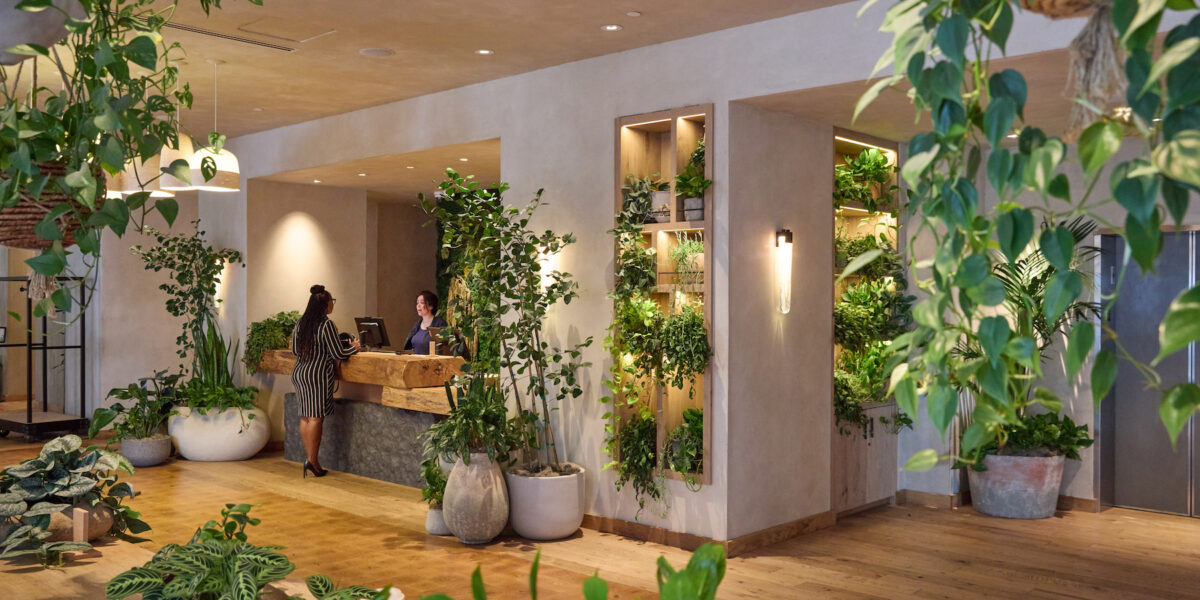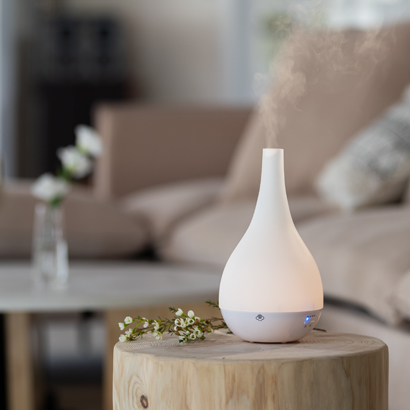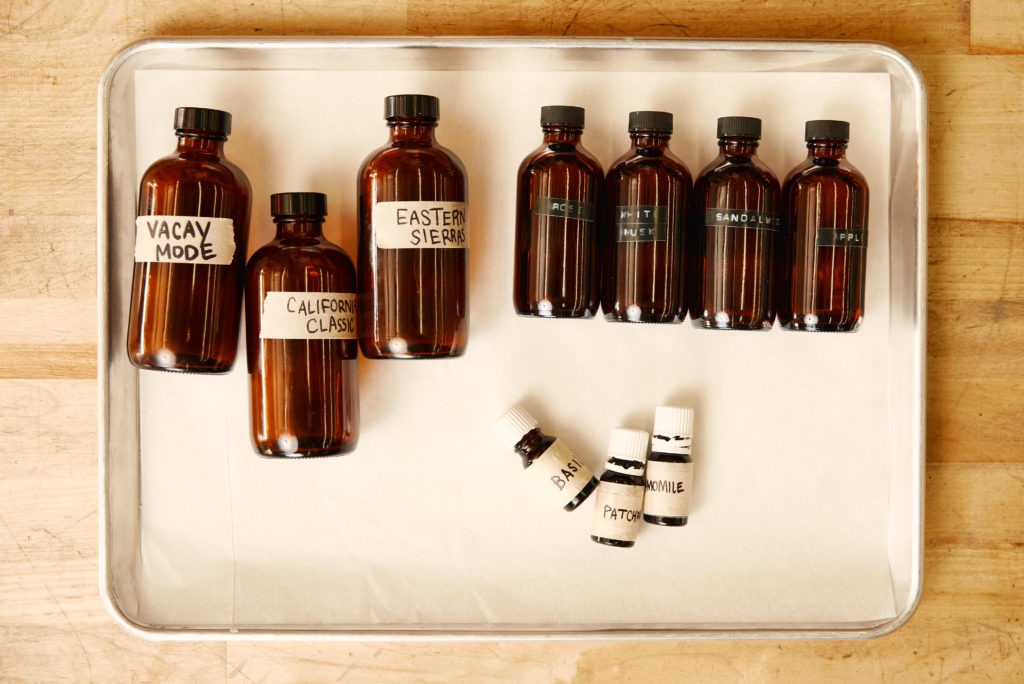
This Is How Hotels Make Their Lobbies Smell So Good (and How to Do It at Home)
Luxury hotels that have a signature scent just hit different. Here’s how to do it at home.

Thomas J. Story
There’s something special about walking into a sparkling hotel lobby and taking in the subtle signature aroma of sandalwood or cedar. The experience immediately makes you slow down and get into vacation mode. Scent is perhaps one of the most transportive sense we have after all. In the spaces that do it right, the scent is never too overwhelming, just a whisper, setting the tone for a well-curated experience to come. And there’s no reason why you can’t get this experience in your own home. We talked to the team at Waldorf Astoria Beverly Hills and The Ritz-Carlton, Lake Tahoe to see how they create this mood for guests, and how you can do it at home. Here’s what they had to say.
Choose a Signature Scent
Just as the world’s top luxury hotels create a unique identity with their proprietary lobby fragrances, your home should have its own signature scent. Select a fragrance that resonates with your personality and the home’s aesthetic which evokes the atmosphere you want to create. Look for season-neutral options like lavender or cedarwood that can serve as a consistent foundation year-round. You can add seasonal accents, but a steady base fragrance ensures continuity and familiarity.
“When choosing a signature scent for a hotel as well as your home, the process goes beyond selecting a pleasing fragrance. It’s about creating a sensory experience that evokes a sense of place,” says says Braulio Arizmendi Zuniga, the Director of Rooms at The Ritz-Carlton, Lake Tahoe. “We strive to evoke the natural beauty of the surrounding Sierra Nevada mountains, so our scent choices around the property often reflect elements of the outdoors—such as pine, cedarwood, and fresh mountain air—blended with more luxurious undertones like white tea or warm vanilla.”

Courtesy of P.F. Candle Co./Grant Puckett
Layer Scents for a Cohesive Experience
Luxury hotels often layer complementary scents across different areas to create a unified sensory journey. “The foundation scent for both a hotel and your home should also be season neutral,” says the Waldorf Astoria. “While you can add seasonal accents later, the underlying scent should remain constant, even beneath a warm winter candle or fresh spring bouquet.” You can replicate this at home by selecting fragrances with similar notes—such as citrus and woods—and distributing them via candles, diffusers, and sprays in different rooms. Just be sure the scents flow naturally from one area to another.

Courtesy of Serene House
Invest in Professional-Grade Tools
Hotels use more than just candles to achieve their signature scents. Reed diffusers, ultrasonic diffusers, and high-quality room sprays are some of the tools that provide subtle yet pervasive fragrance. Many hotels like The Ritz-Carlton offer olfactory kits for purchase so that guests can take their scent home. When it comes to placement, these tools in high-traffic areas like entryways and living rooms make an immediate impression.

Courtesy of P.F. Candle Co./Grant Puckett
Keep It Subtle and Natural
Scent is meant to enhance, not overpower. “The scent should be subtle but omnipresent,” says Zuniga. Overpowering fragrances can be unpleasant, especially for scent-sensitive individuals. Opt for natural ingredients instead of synthetics and adjust intensity to suit personal preferences. This ensures a welcoming and relaxing atmosphere that everyone can enjoy.

Getty Images
Evoke Emotions
The most memorable scents are those that evoke emotion and atmosphere. The Waldorf Astoria uses its fragrances to transport guests to moments of relaxation and elegance, while The Ritz-Carlton, Lake Tahoe draws inspiration from the natural beauty of the Sierras. Think about the emotions and memories you want your home to inspire—whether it’s the serenity of a forest, the brightness of a citrus grove, or the comfort of a warm vanilla embrace—and let your fragrance choices reflect that vision.
